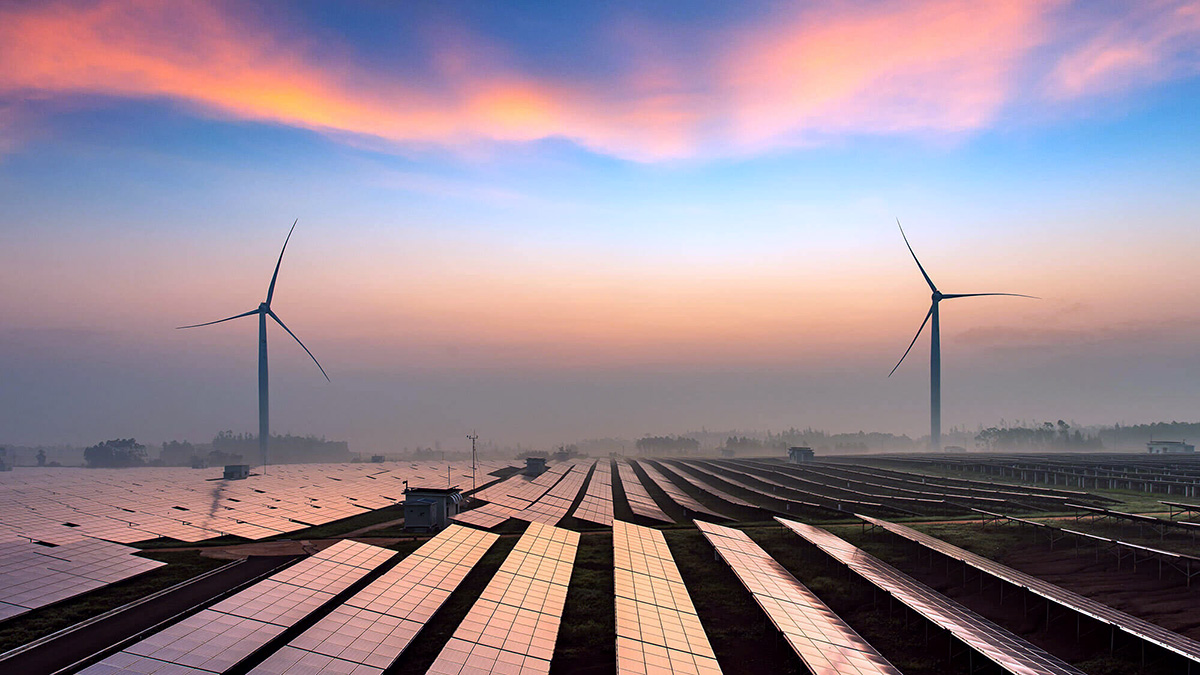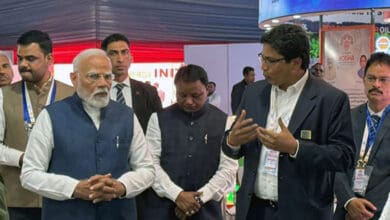Renewable energy has come to the rescue during the ongoing power crisis triggered by surging demand amid the heat wave condition in the country, especially when the peak electricity supply hit the record level of 201.06 GW earlier this week, a senior official said on Thursday. The maximum pan-India power demand met or the highest supply of electricity in a day crossed the record level of 201-GW mark on Tuesday. It surpassed last year’s record of 200.539 GW of total supply on July 7, 2021.
Addressing at the WRI India event, Ghanshyam Prasad, Joint Secretary, Ministry of Power, said, “Renewable energy has come to the rescue of the electricity system during the recent demand spurt and supply crisis. The day before yesterday we crossed the highest ever peak demand of 201 GW and at that time the support, we got from solar was 31 GW.”
He was of the view that India needs to talk holistically about energy and not restrict itself to power.
Batting for greater share of electricity in the overall energy usage, Prasad said that electricity contributes to only 18 per cent of the country’s total energy mix.
In an effort to help electricity distribution companies (DISCOMs) retain their fast-migrating commercial and industrial customers, stem losses and enhance renewable energy demands, the WRI India organised a workshop in Delhi on Thursday, involving regulators, DISCOMs, policymakers and research groups.
Workshop was aimed at exploring opportunities in existing regulations, address challenges and identify measures to scale and retrofit, thereby enabling DISCOMs to offer higher levels of renewable energy to its consumers.
The workshop was attended by representatives of several DISCOMs, central government officials and policymakers.
Giving a perspective from the US, Letha Tawney, Commissioner, Oregon Public Utilities Commission, said, “When key account managers started to understand just how important renewable energy was to the large corporate buyers and began to get educated of the opportunities, new options started to open up, and some of the utilities realised it was important to meet the customer.”













